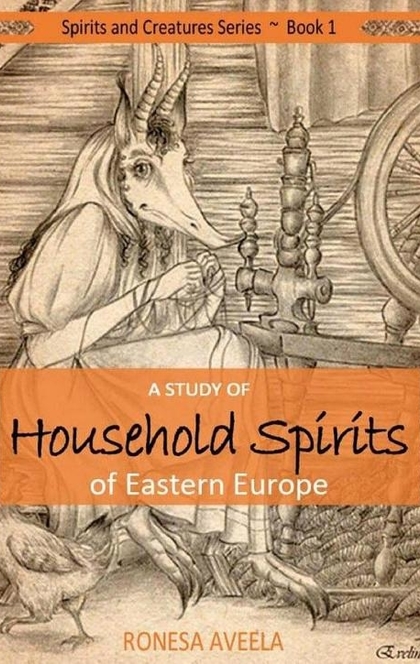A Study of Household Spirits of Eastern Europe
Updated:
7 Sep 2020
GOLD medal winner!2019 Readers’ Favorite Non-fiction Cultural.Eastern European mythology and folklore contain a rich, colorful blend of Christian and pagan tales, customs, and rituals. Many have lost their original significance, but others are still practiced—especially in remote, rural locations.Household Spirits, the first in a series of books, will take you on a journey to discover nine fascinating house spirits you may never have heard of. Here are a few tidbits about what you can expect to find within the book’s pages:-Unusual noises at night in your attic may be a Talasum or a hungry Stopan.-Sacrificing a black hen and sprinkling its blood in the foundation of a new home keeps the building and occupants safe from evil spirits.-Builders often measure passersby with string or “capture” their shadow in the mortar of a wall to make structures strong.-Forgetting to wash your dishes at night and leaving your house messy anger a Kikimora, and she’ll get her revenge.-Don’t kill a snake because it may be the spirit guardian of your home.-Have you heard of the Bannik? Taking a steam bath will never be the same again after you learn about his habits.That’s not all. You’ll learn historical facts, discover fascinating and horrifying stories, and enjoy beautiful illustrations to gain a complete experience of these elusive house spirits.




